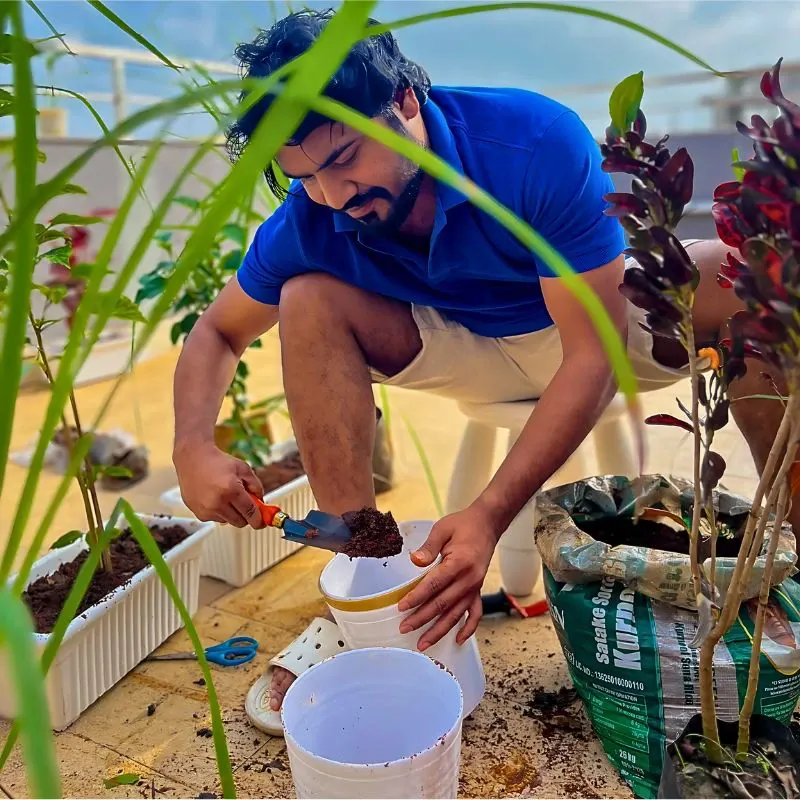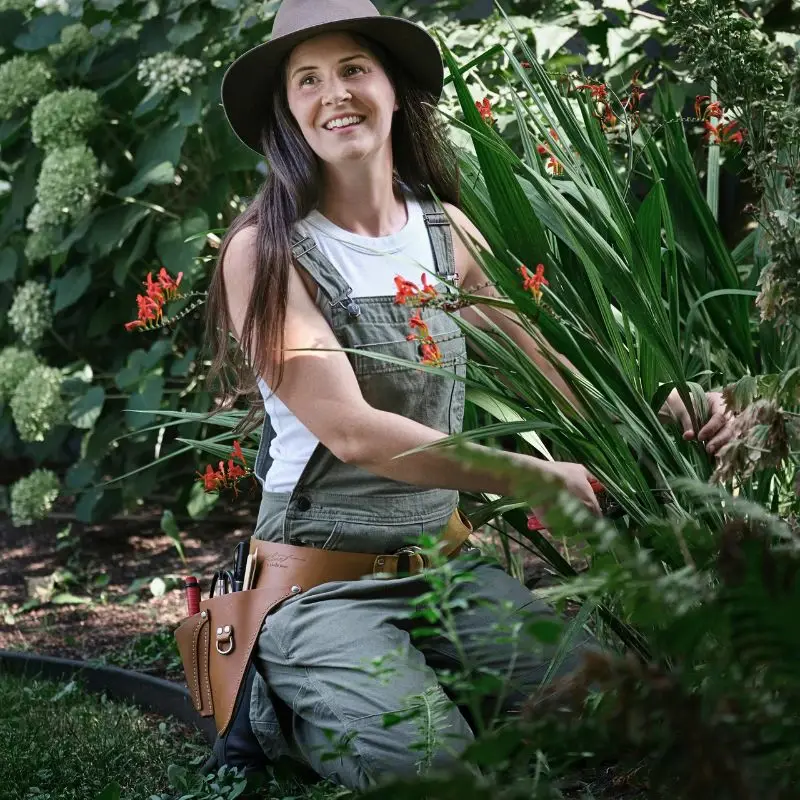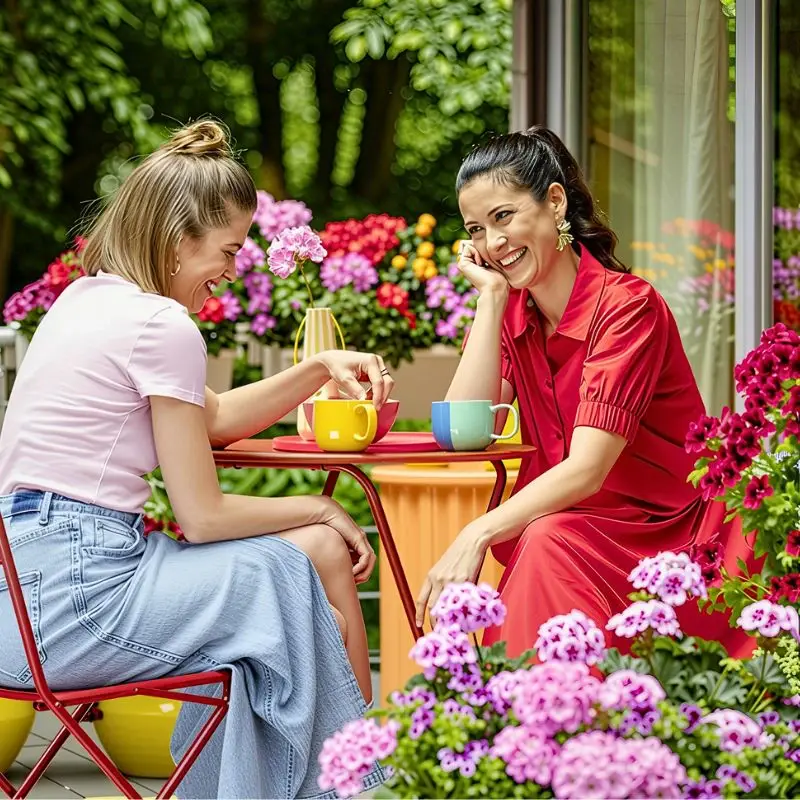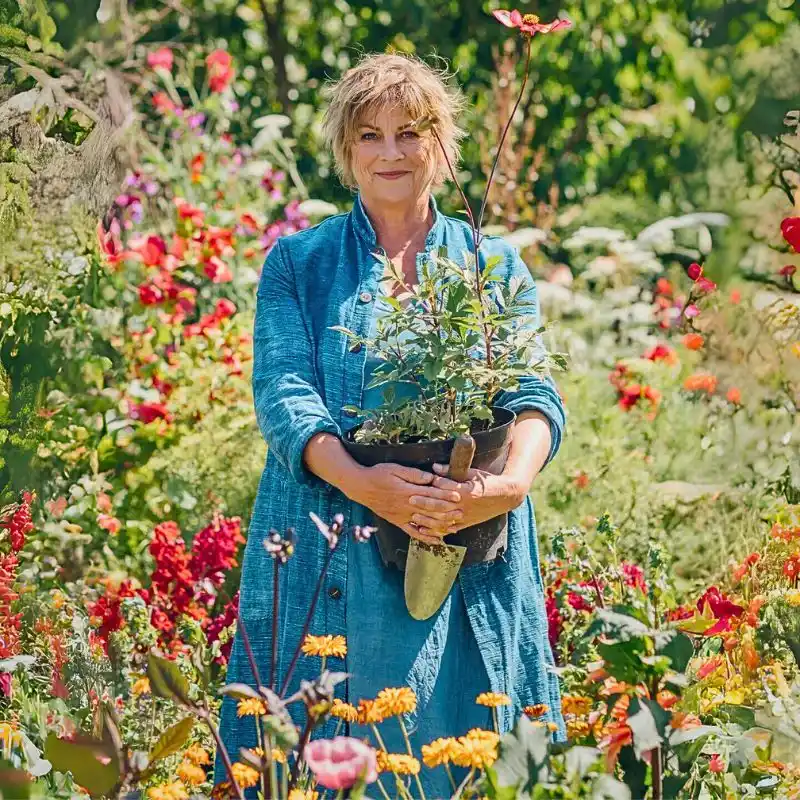Have you ever wandered through a garden where everything seems to work in perfect coordination, with plants leaning on each other for support and protection? Where marigolds flourish alongside tomatoes, Nasturtiums cascade near cucumber vines, or lavenders stand sentinel beside roses. This is not just visual serendipity, but companion planting at play. It is one of gardening's most elegant and practical techniques; not just a modern trend, but an ancient practice that makes flower gardens thriving ecosystems where plants work together as natural allies.
The Science Behind Plant Partnerships
Companion planting is the strategic pairing of different plants to create mutually beneficial relationships. It involves deliberately placing different plant or flower species side by side so they can offer mutual benefits, where one plant's strengths compensate for another's weaknesses, creating a balanced ecosystem, including warding off unwanted pests and sharing resources more efficiently. It is not just about aesthetics—though it certainly adds interest to the garden—it is a tested approach based on observing how nature builds resilient communities.
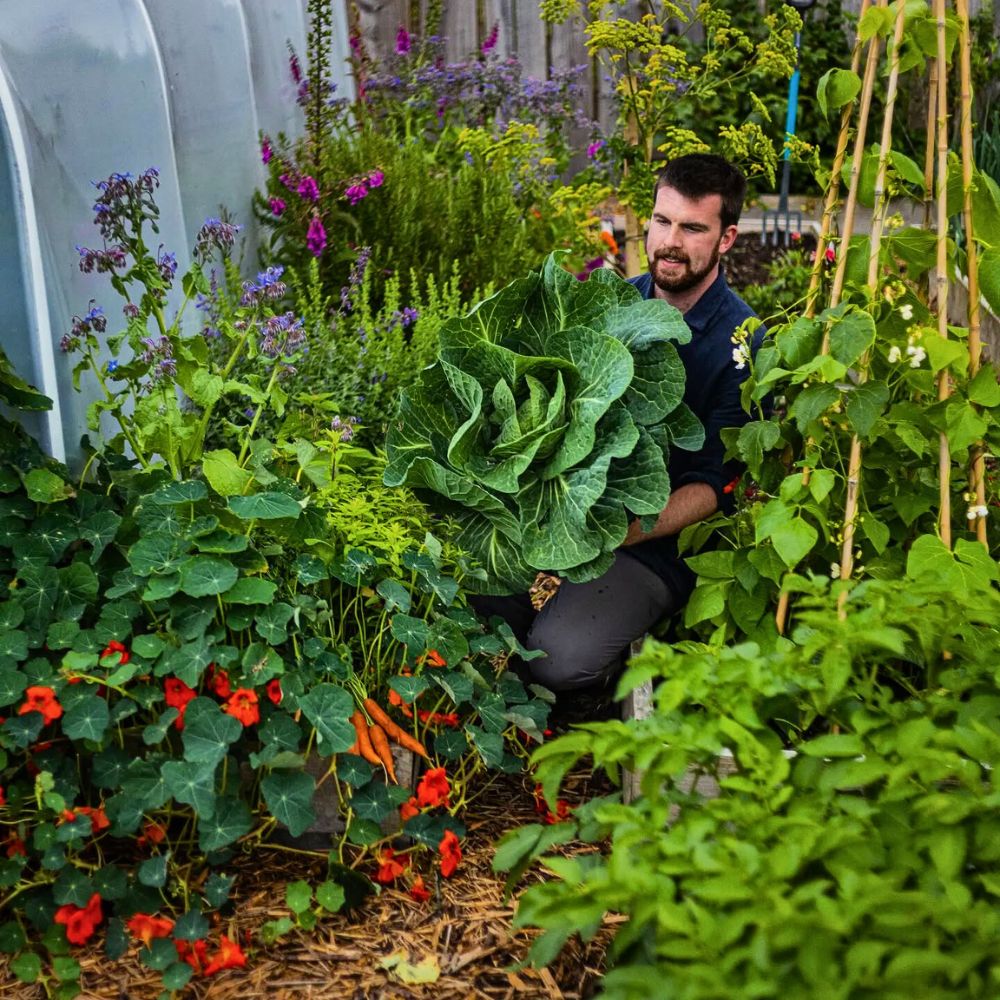
Think of it as botanical matchmaking, where each partnership serves a specific purpose: pest control, soil enhancement, pollinator attraction, or space optimization. When applied to flower gardening, this technique transforms a simple collection of flowers into a refined, self-sustaining environment. The basis of companion planting lies in allelopathy—the chemical communication between plants.
Some species release compounds through their roots, leaves, or flowers that can either benefit or inhibit neighboring plants. Marigolds, for instance, produce thiopenes, sulfur compounds that repel nematodes and other soil-dwelling pests. When planted near susceptible flowers like petunias or snapdragons, they create an invisible protective barrier.
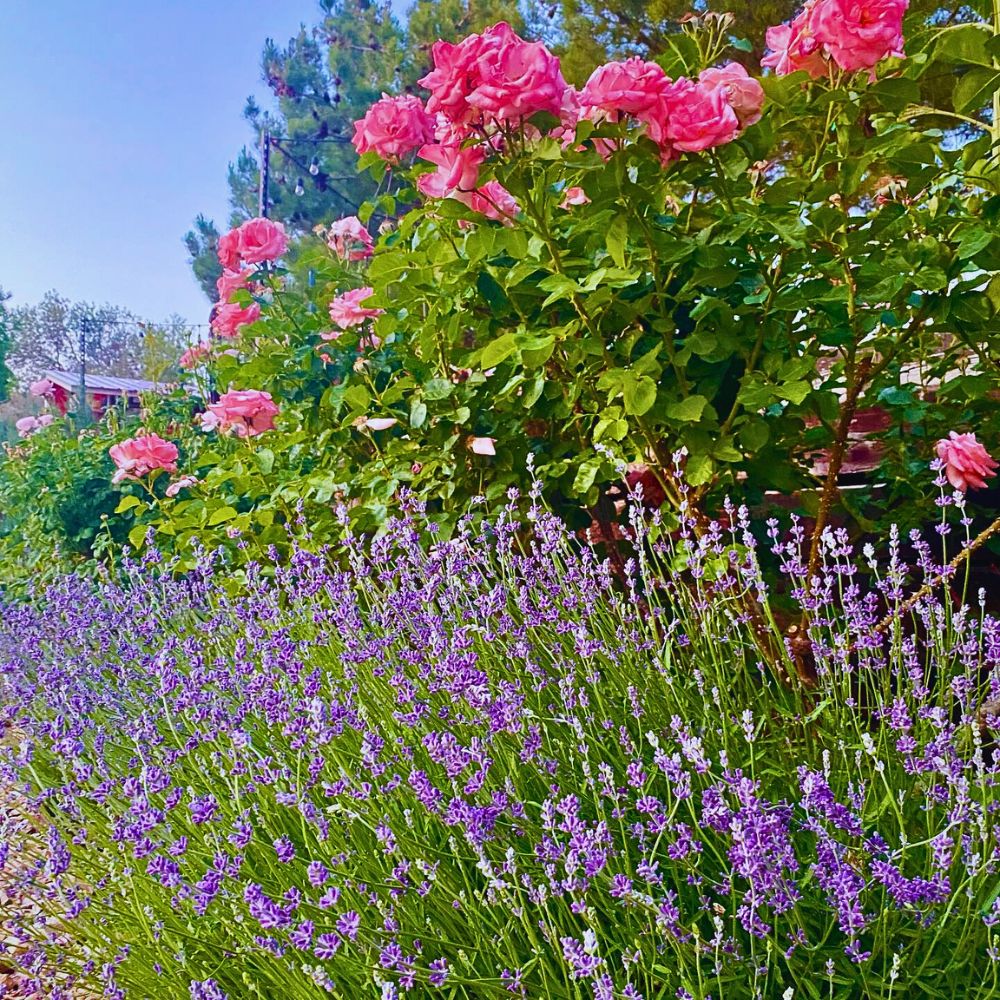
Root architecture plays another crucial role in successful companionships. Deep-rooted plants like sunflowers can access nutrients from lower soil layers while shallow-rooted annuals utilize resources closer to the surface; a vertical partnership that prevents competition and maximizes nutrient uptake.
Why Companion Planting Matters
When it comes to flower cultivation specifically, companion planting offers an ideal way to nurture floral displays. Flowers often face unique challenges—aphids clustering on tender stems, fungal issues in humid spots, or sparse pollination leading to fewer seeds for next season. Introducing plant and flower partners ensures resilience without disrupting the visual charm that drew you to flowers in the first place. This approach is ideal for those seeking sustainable methods, reducing the need for chemical interventions that can harm beneficial wildlife or leach into waterways. Plus, in a flower-focused setup, these pairings enhance the sensory experience.
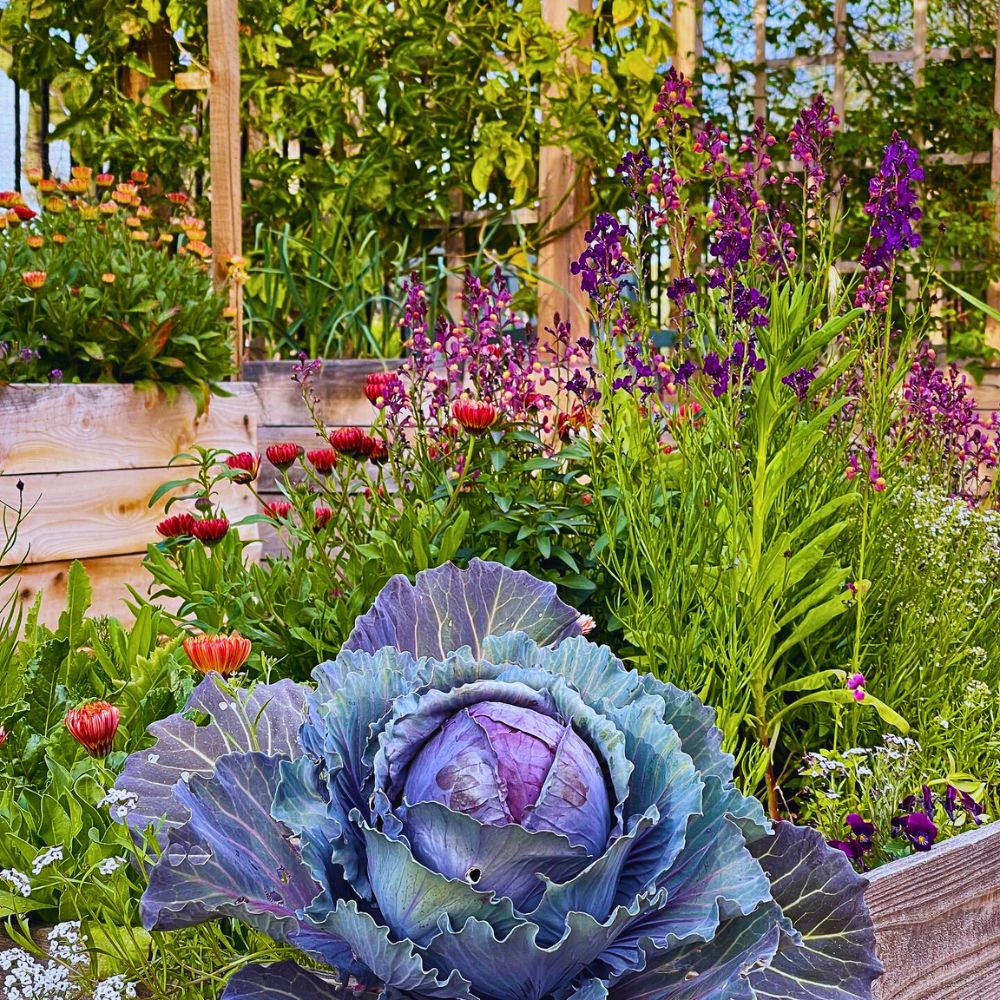
To unpack why this method holds such appeal, generally, companion planting delivers perks that make gardening less of a battle and more of a collaboration. For starters, it provides natural pest management through flower power, without relying on sprays or traps. Certain plants emit scents or chemicals that confuse or repel insects. Some flowers act as trap crops, deliberately attracting harmful insects away from more vulnerable plants. Nasturtiums shine in this role, drawing aphids, cucumber beetles, and squash bugs toward their peppery leaves while protecting nearby delicate flowers.
Conversely, some flowering companions are repellent plants. The strong fragrance of herbs like basil, planted among ornamental flowers, disorients pest insects by masking the scent trails they use to locate host plants. French marigolds take this concept further by releasing compounds that discourage whiteflies, aphids, and even rabbits from venturing into the garden.
Beneficial insect attraction is another natural pest control benefit. Flowers with small, accessible nectar sources—like sweet alyssum, dill flowers, or fennel—invite predatory insects like lacewings, parasitic wasps, and hoverflies. Others draw in helpful predators like ladybugs that feast on troublemakers. All these patrol the garden, keeping harmful pest populations in check while pollinating the flowers, ensuring you get better seed set and overall productivity.
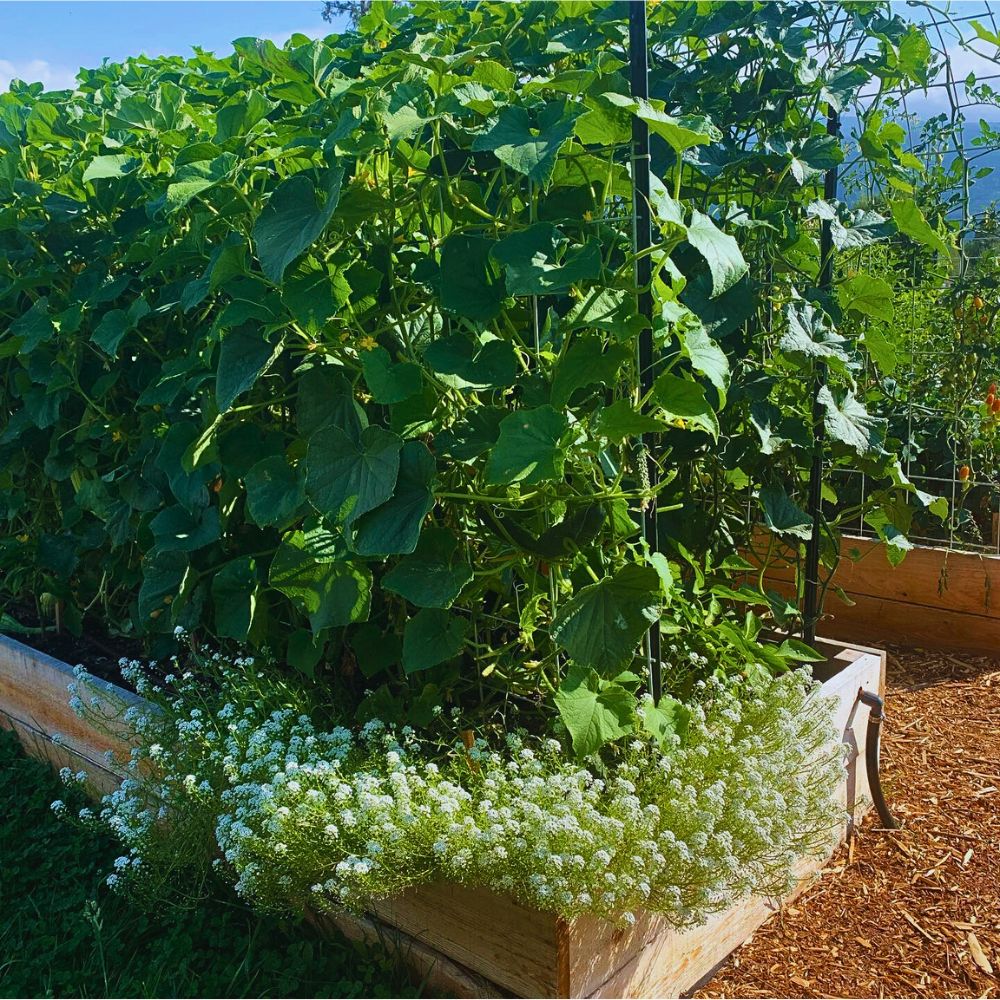
Soil health gets an upgrade, too. Some companions fix nitrogen from the air or improve soil structure to retain moisture and prevent erosion. Leguminous flowers like sweet peas and lupines house nitrogen-fixing bacteria in their root nodules, converting atmospheric nitrogen into forms other plants can absorb. When these nitrogen-fixers grow alongside heavy feeders like dahlias or Delphiniums, they create a natural fertilization system. Companion planting also transforms soil health through dynamic root relationships and nutrient cycling.
Likewise, ground-covering companions like creeping thyme or moss rose suppress weeds while retaining soil moisture around taller flowering plants. Weed control comes particularly naturally when denser pairings shade out competitors. Plus, one can maximize limited space by combining tall growers with low sprawlers. These plants’ low-growing habit also creates a living mulch that moderates soil temperature and reduces evaporation, particularly beneficial for moisture-loving flowers like impatiens or begonias.
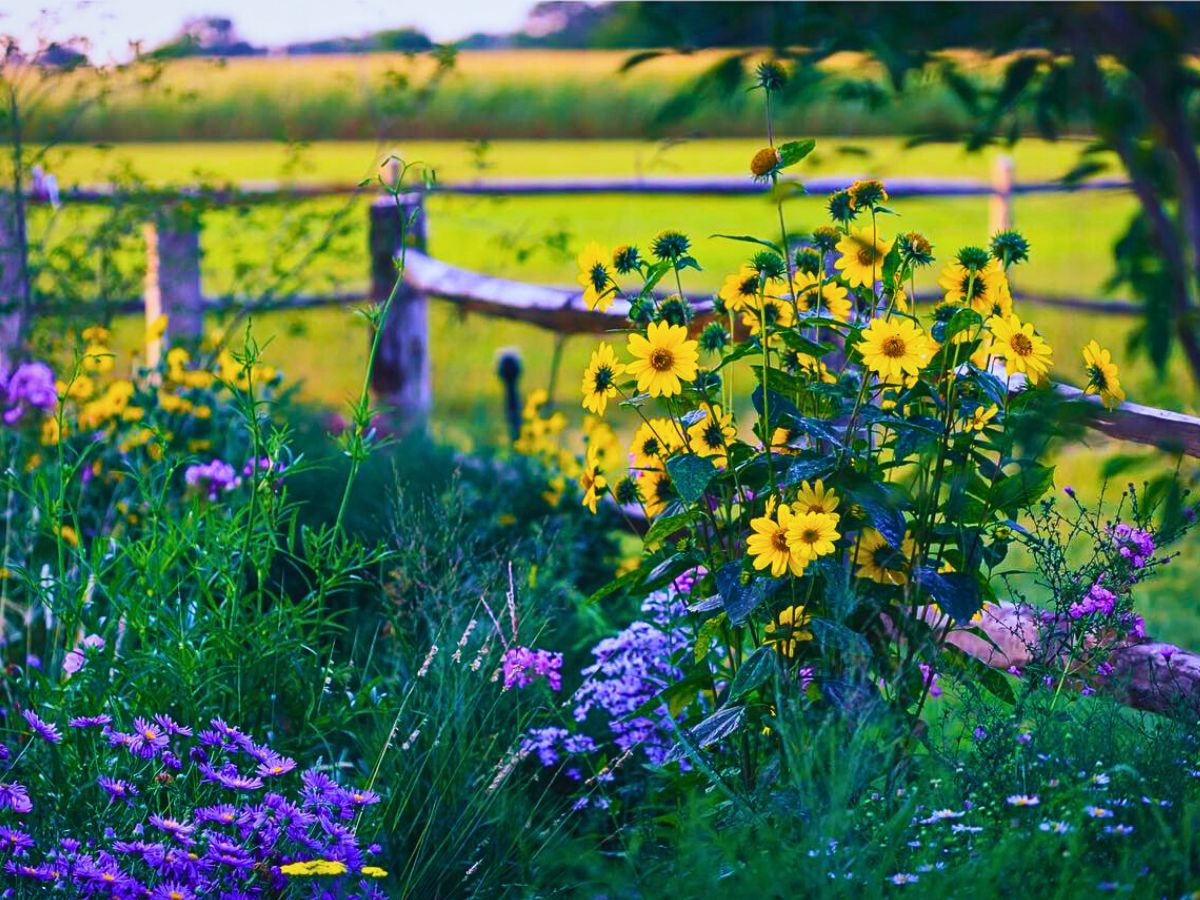
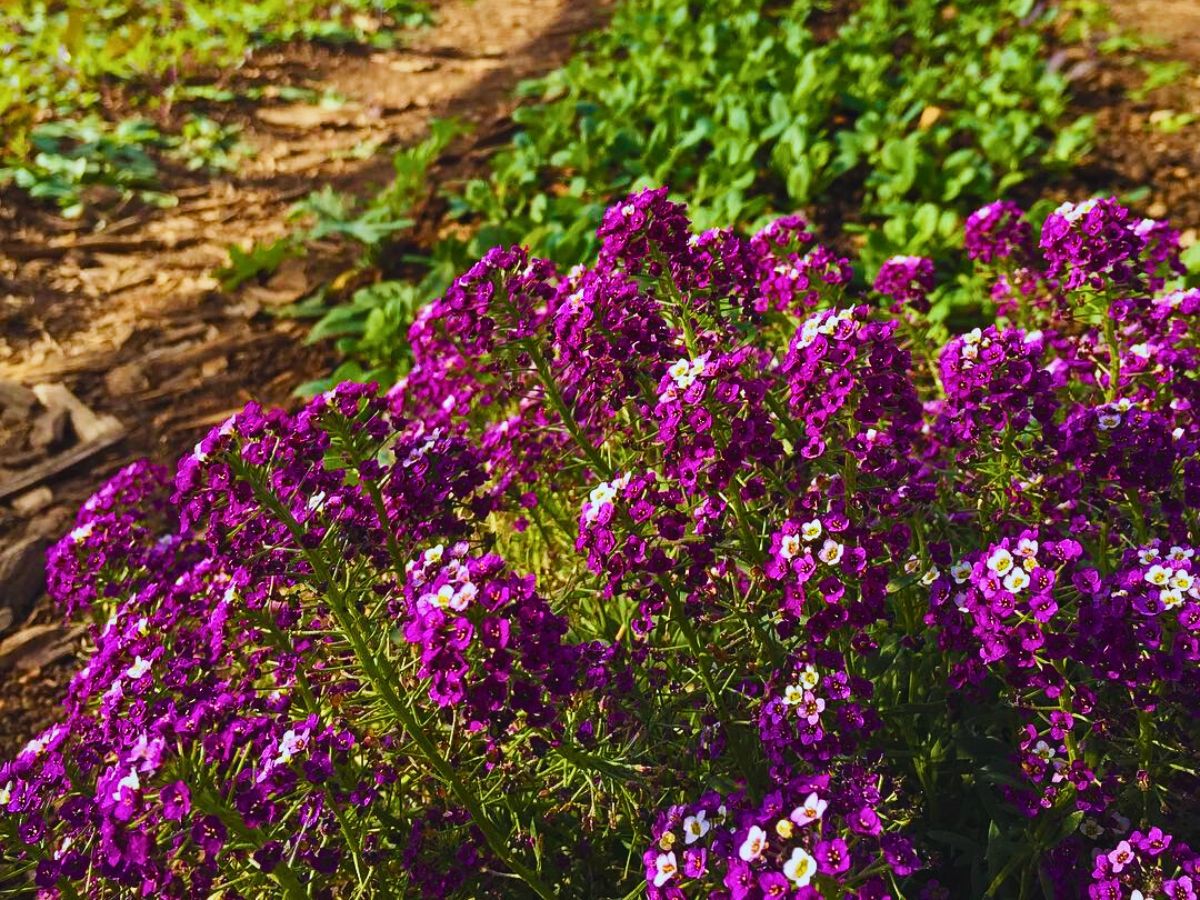
Some plants work perfectly at accumulating specific nutrients from deep soil layers and making them available to shallow-rooted companions through leaf drop and root decomposition. Comfrey, though not traditionally ornamental, can be deliberately placed near flower beds to pump potassium and phosphorus from deep soil layers to the surface.
Some Perfect Plant and Flower Partnerships and Combinations
The classic trio of roses, lavender, and catmint creates both visual appeal and practical benefits. Lavender's antimicrobial properties help prevent fungal diseases common to roses, while catmint repels aphids and ants. The different flower forms and seasons of interest extend the garden's appeal from spring through fall. Sunflowers and cosmos make another excellent companionship, with sunflowers providing afternoon shade for the more delicate cosmos while both attract beneficial pollinators. Notably, sunflowers' deep roots don't compete with the cosmos' shallow root system, and their varying heights create attractive layering.
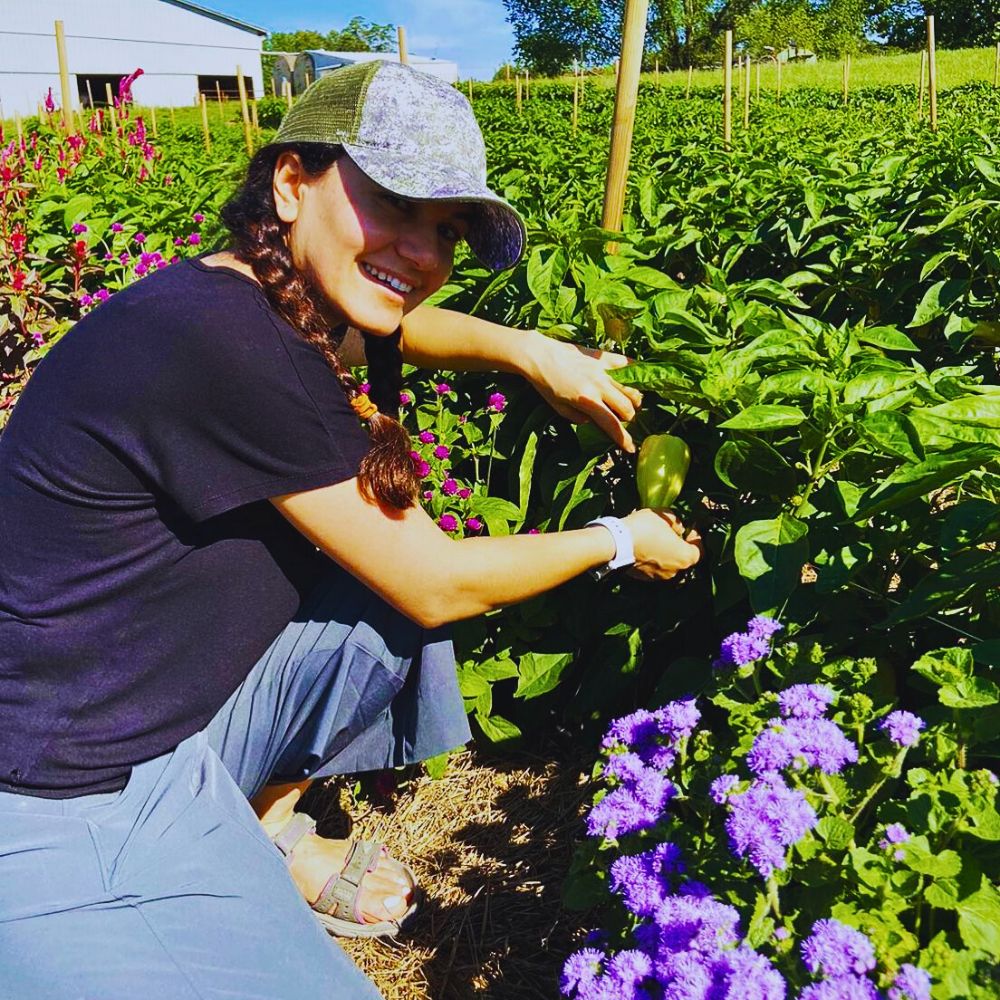
For shaded areas, hostas pair beautifully with Astilbes and coral bells. While hostas are not flowering plants per se, their broad leaves provide ground coverage that retains moisture for the delicate flower spikes of Astilbes, while coral bells add vertical interest and attract hummingbirds. Zinnias and herbs create another winning combination. Planted alongside oregano, thyme, or sage, Zinnias benefit from the herbs' pest-repelling properties while the herbs appreciate the additional moisture retention Zinnias provide through their broader leaf coverage.
One could also consider the classic duo of marigolds and roses, as marigolds actively shield roses from soil-dwelling nematodes and leaf-sucking aphids. The science here lies in marigold roots secreting alpha-terthienyl, a compound that interferes with nematode reproduction and survival, as evidenced by studies on similar pairings where pest populations dropped significantly. Roses, then, can channel energy into growth rather than defense, resulting in sturdier stems and more abundant petals. Plant them at the base of rose bushes, and you'll notice fewer distorted leaves over time.
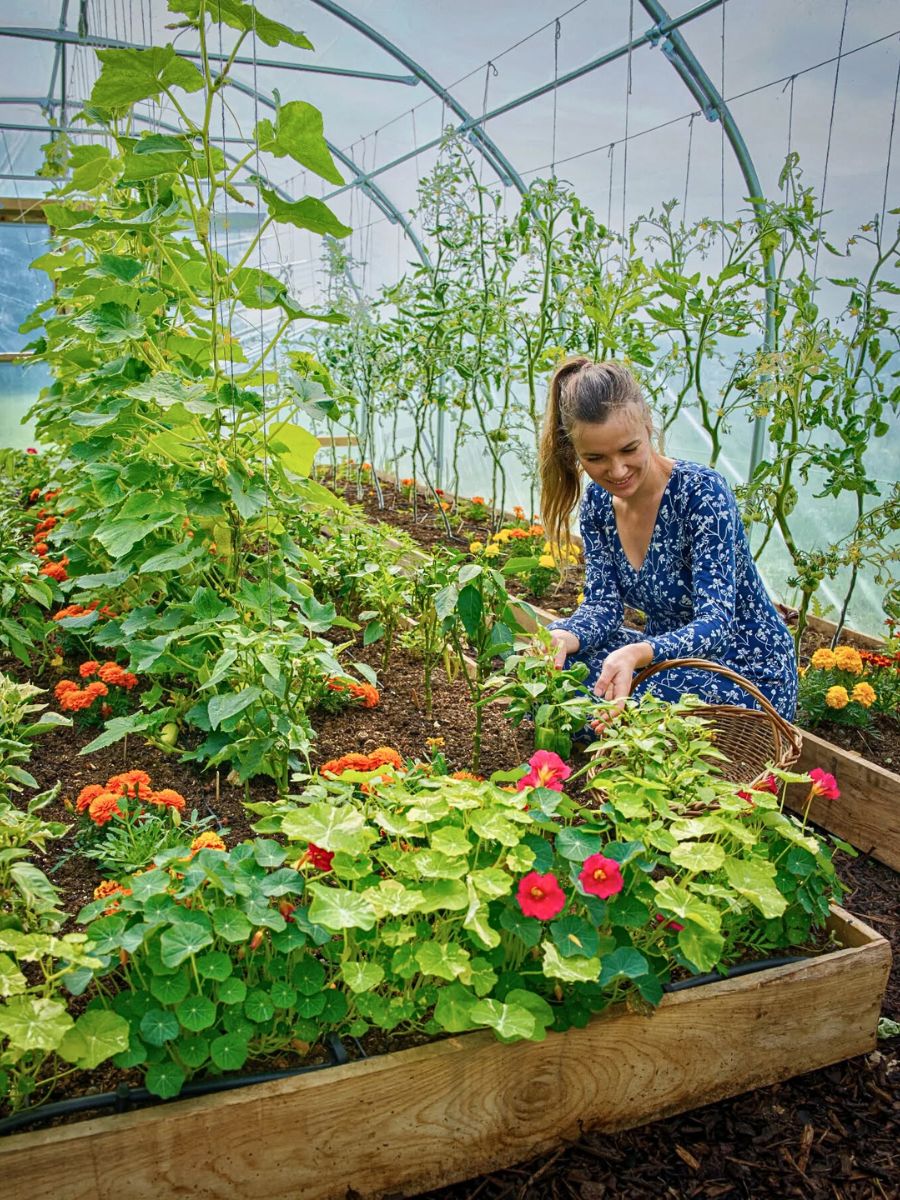
Yet another match is lavender teamed with cabbage or hybrid tea roses. Lavender's aromatic oils, rich in linalool and camphor, mask the scent trails that attract moths and fleas, effectively reducing infestations that could scar rose foliage. Research on lavender's volatile emissions shows how these chemicals disrupt aphid settling patterns, with one experiment showing a notable decline in pest numbers on nearby crops when lavender was present.
Besides deterrence, lavender invites pollinators like bumblebees, which inadvertently boost rose hip formation. Tuck lavender clumps around your rose groupings for a fragrant barrier that doubles as a pollinator habitat. Similarly, Nasturtiums offer a clever twist when planted near petunias or geraniums. These trailing flowers act as a sacrificial lure, drawing aphids away from their more delicate neighbors. The mechanism? Nasturtiums produce mustard oils that aphids prefer, acting as a trap crop where pests congregate and can be easily managed. Scientific trials confirm this diversion tactic, with reduced damage to primary plants when Nasturtiums are interspersed. Their edible leaves also add a bonus for kitchen gardeners, but in a pure flower setup, they create flowing edges that soften borders while deterring pests.

For a taller dynamic, pair sunflowers with climbing varieties like Clematis. Sunflowers act as living trellises, their sturdy stalks providing vertical support that prevents Clematis vines from flopping or breaking in the wind. Sunflowers' large faces pull in birds and bees as well, enhancing cross-pollination for Clematis seed pods. Studies highlight how such height contrasts improve air circulation, cutting down on mildew risks in humid climates. Sunflowers as anchors in beds guarantee the vines thrive upward without extra staking.
Sweet alyssum is ideal, too, especially under taller flowers. This low-grower forms a mulch, suppressing weeds by blanketing the soil and conserving moisture through shade. Its tiny clusters release an aroma that summons hoverflies, whose larvae feed on aphids plaguing upper plants. Evidence shows that sweet alyssum increases beneficial predator populations, leading to balanced ecosystems with fewer outbreaks.
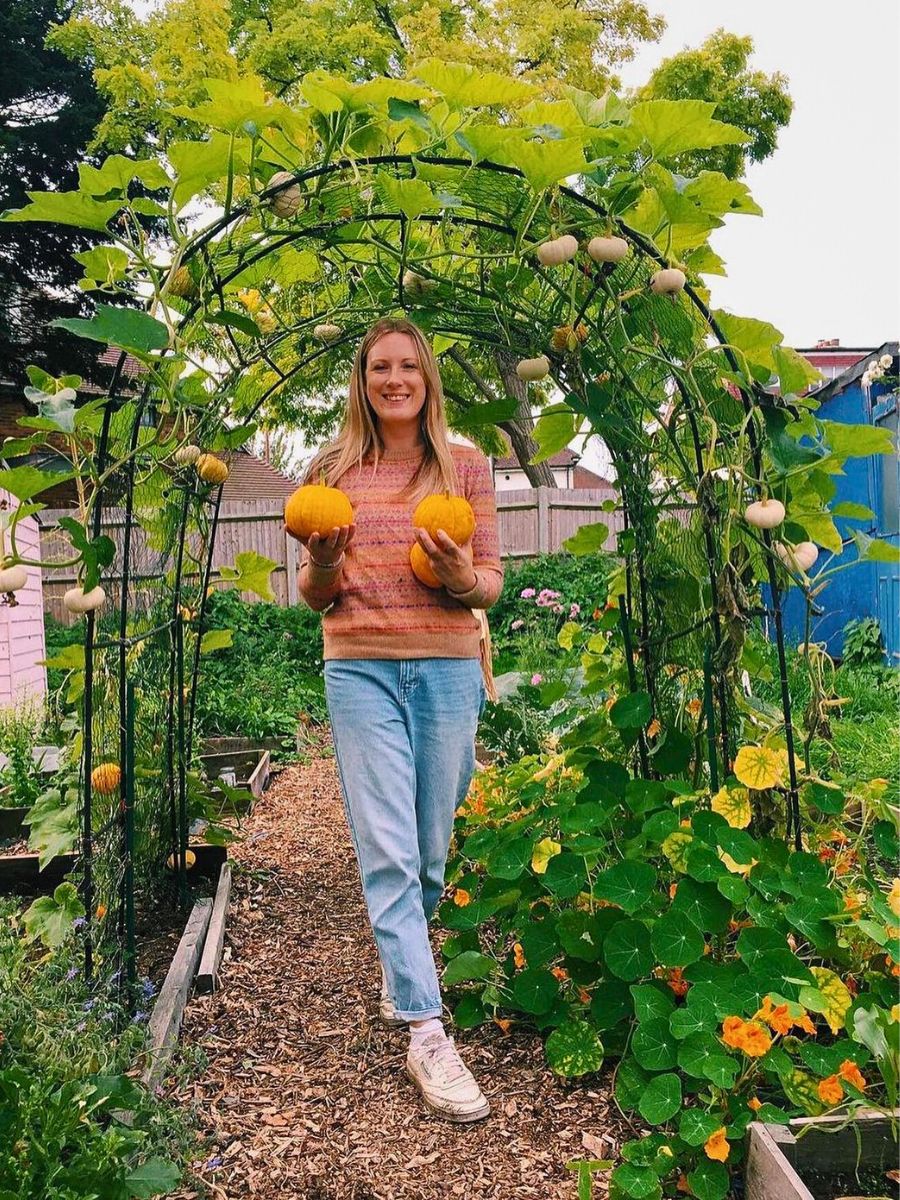
Finally, Cosmos mingled with Calendula creates a continuing attraction. Cosmos' feathery foliage and daisy-like heads draw parasitic wasps that target caterpillars on Calendula, while both work delightfully in luring butterflies for thorough pollination. The underlying biology involves nectar rewards that sustain these insects, with studies linking such floral diversity to higher predator efficiency and reduced herbivore damage.
Getting Started With Companion Planting
Taking on companion planting in one’s floral pursuits isn't about rigid rules, but calls for experimentation and observation. Start small, perhaps with a single bed, and note what flourishes; ideally, begin with simple, well-documented partnerships before trying complex polycultures. Consider proven combinations like marigolds and tomatoes or Nasturtiums and cucumbers, observing how they interact in specific growing conditions. In essence, it all lies in knowing which plants work together; observing, experimenting, and adapting these partnerships to suit the garden’s unique physiognomies.
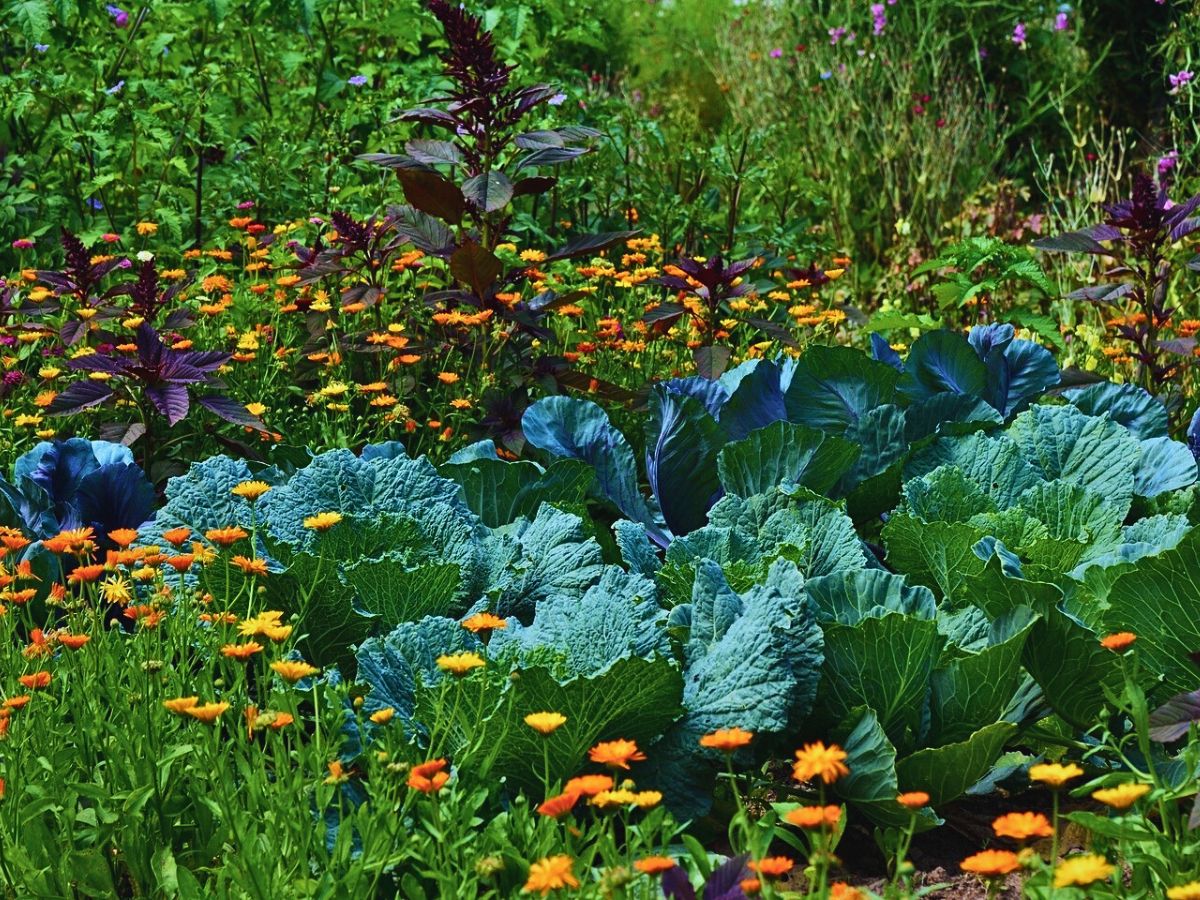
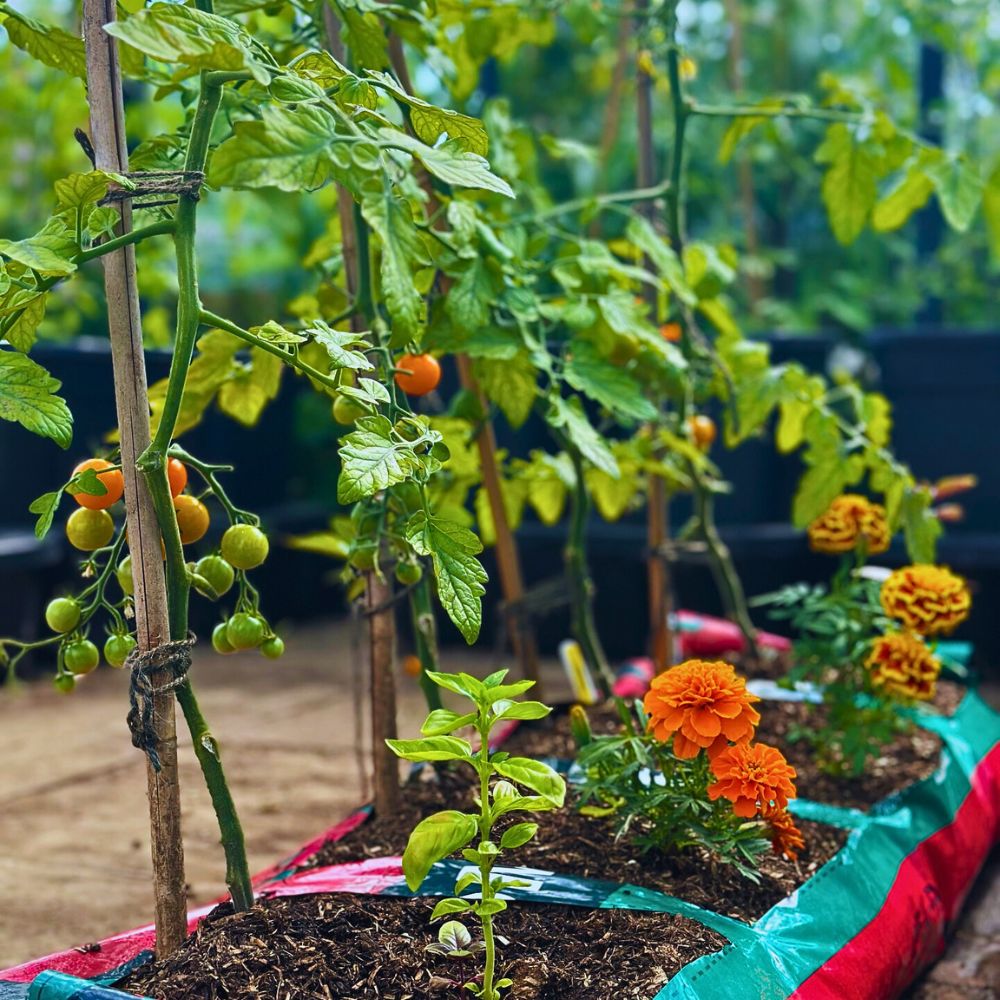
Also, consider the garden's unique microclimate, soil type, and existing plant communities. What works in sandy, well-drained soil may not succeed in heavy clay, and shade-loving partnerships will certainly not thrive in full sun locations. Keep detailed records of successful and unsuccessful combinations, noting flowering times, pest occurrences, and overall plant health. This database is vital for future planning and helps develop expertise in specific growing environments. Over time, you will grow not just a few plants, but a whole thriving network, creating beautiful gardens that are resilient, sustainable, and rewarding to tend.
Feature image by @huwsgarden. Header image by pch.vector.


